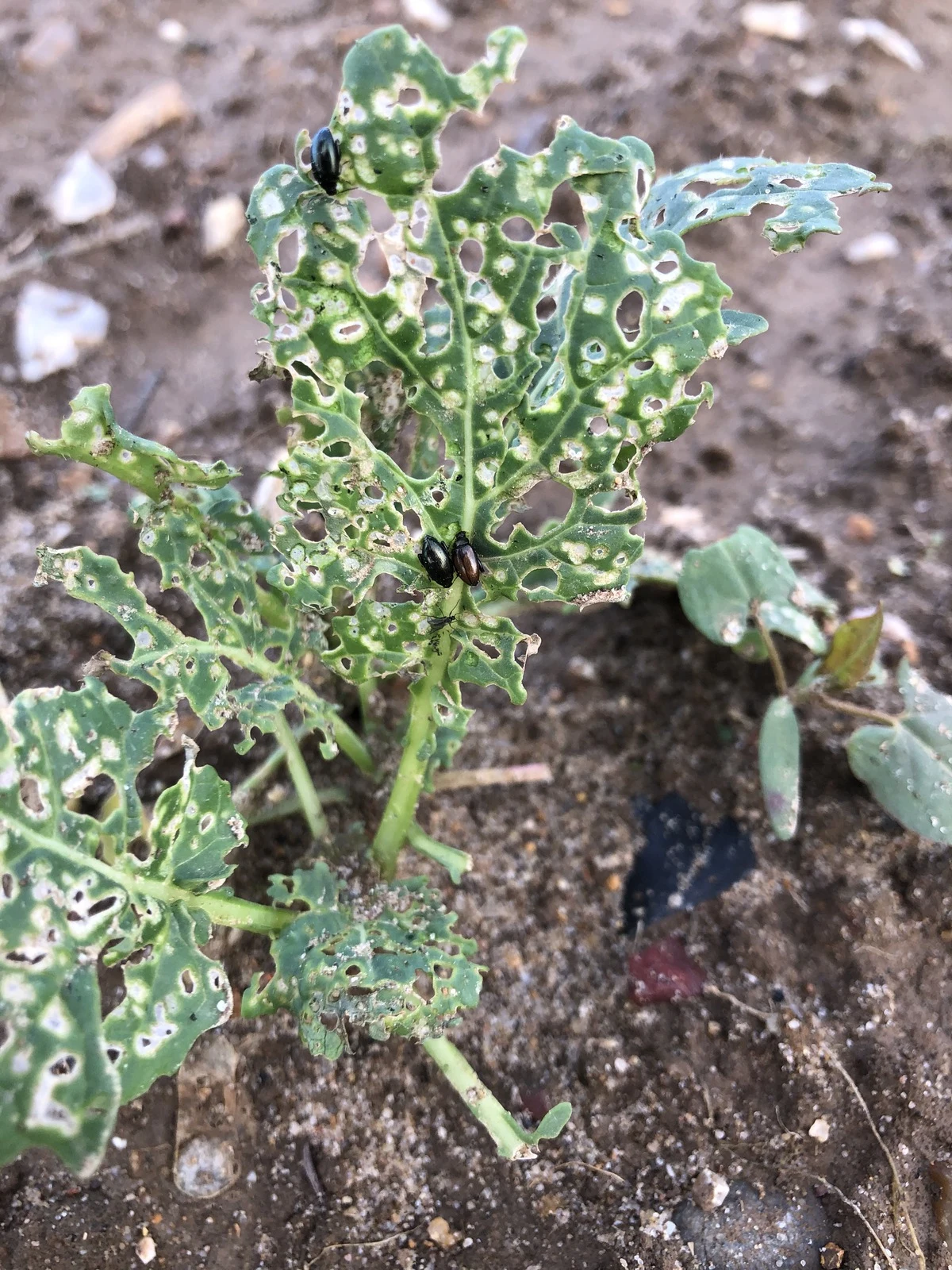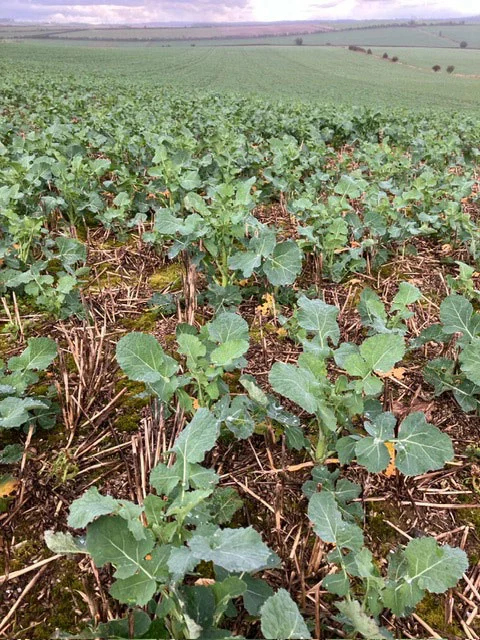
Piece by piece, researchers are assembling a toolkit of approaches aimed at delivering an integrated pest management (IPM) solution for cabbage stem flea beetle control in oilseed rape.
Author
| 15th April 2024Tags
Tools to help tackle CSFB
Recent research work has connected two projects under the csfbSMART collaboration: ‘Reducing the impact of CSFB on OSR in the UK’, led by ADAS and Harper Adams, with funding from AHDB together with support from several industry partners, and ‘CSFB: Evaluating management of oilseed rape on-farm for maximum margins’, led by NIAB and funded by Defra.
Final reports from both projects have yet to be published but updates have been shared as the projects have progressed.
The work is tackling CSFB on several fronts, with tactics based on deterrence, distraction, diversion and damage, underpinned by trapping and monitoring in a bid to better understand the pest’s lifecycle and identify points of vulnerability.
Bayer is among the industry partners supporting the AHDB project. Technical manager Ellie Borthwick-North says: “There are two key things we need to understand when it comes to managing the CSFB threat: varieties’ ability to deal with CSFB pressure and the number of beetles in the crop at the time of establishment, and we are pleased to be able to support research in these areas.”
In addition, Bayer’s own extensive programme of variety testing, which sees the performance of its Dekalb Ex hybrids assessed under a range of conditions on-farm across the UK, together with its development work on smart insect trapping with in-field digital yellow traps, is providing additional useful information to help support growers and agronomists in the battle against the beetle, Ellie adds.

CSFB larval damage in on-farm variety trials
In the NIAB work, emergence traps dug into the ground have provided further insight into when CSFB emerge from the soil, with the results revealing that adult beetles continued to emerge in oilseed rape stubbles through to the end of November but peaked in mid-September. In addition, geocoded data provided by growers via a network app used by NIAB provided useful information on where CSFB was present and at what level.

DK Exstar in on-farm variety trials in late February
Cultivations effects
Armed with this information, the NIAB team decided to investigate whether CSFB pupae in the soil might be vulnerable to damage with cultivations immediately after harvest. They started to test this theory in September 2022, at two sites in Cambridgeshire, where they cultivated to a depth of 50mm using discs on one site and deeper on the other.
“Where we didn’t cultivate, we ended up with the equivalent of three and a half million adults per hectare coming out of the ground in September and a 68% reduction when we did cultivate, at 50mm, and where we cultivated deeper, reduction of adult numbers was in excess of 90%,” says NIAB break crop specialist Colin Peters.
The work continued in 2023, looking at the effects of cultivation on several sites, to determine if the results seen the previous season could be repeated. Cultivation to depths of 50mm and 250mm with a simple set of discs at a site in north Shropshire gave a reduction in emerging adults of 85% and 69% respectively, compared to an untreated control.
At a site in Hertfordshire, the cultivations included a straw rake, a Claydon Terrastar light rotary cultivator, working at 50mm depth and a Sumo cultivator at 250mm. Only limited success was achieved with the straw rake, which was attributed to hard ground conditions. However, the Terrastar reduced adult CSFB numbers emerging from the soil by 50%, and the Sumo by 80%.
This project reached completion at the end of 2023, but NIAB is seeking further funding to continue the work, says Colin.
“We have shown that there are a significant number of adult CSFB emerging from the soil later than was thought and that we can reduce this number by cultivation.
“We now know they are in the top 30mm of soil, but shallow cultivations often only move a small bit of soil.
“Future work will try to understand exactly what the cultivation is doing. We’ve shown it works, we to want to know how it works so that we can provide better advice,” he says.
Companion planting
Some of the work led by ADAS and HAUC has looked at use of companion planting to combat CSFB. Results have been promising, showing reductions in both adult beetle activity and larval infestations, although how companion crops influence CSFB is not fully understood.
ADAS entomologist Dr Duncan Coston says: “We looked at different mixes – buckwheat, buckwheat+berseem clover, and buckwheat+berseem clover+fenugreek. The main thing to highlight is no matter what companion mix we put in we saw reductions in the amount of flea beetle activity.”
Data from the trials, although not yet fully analysed, indicates companion cropping had no significant impact on yield, he adds.
Further work, conducted at Rothamsted Research as part of the EU-funded EcoStack project, has also shown that companion planting can protect OSR crops from adult feeding damage and larval infestation.
Field trials over four seasons at Harpenden, in Hertfordshire and with collaborators from the University of Kassel in Germany, assessed OSR damage in crops sown with different companion plants, which included clovers, and cereals to simulate delayed application of herbicide to kill volunteers. Application of straw mulch was also tested to simulate drilling into stubble trash.
OSR sown with cereal companion plants or with straw mulch showed the strongest reduction in adult feeding damage.
“These results suggest that cereals such as oats could be sown as companion plants which are later removed, or cereal volunteers could be left for longer before removal to provide protection from CSFB,” says agroecologist Dr Gaëtan Seimandi-Corda, who managed the trials.